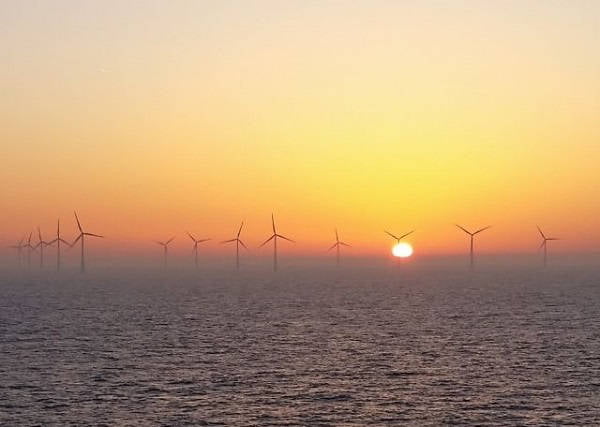Manufacturers of vessels and equipment in the offshore wind farm sector sign up to exhibit at Seawork Asia 2018.
China’s offshore wind power started relatively late, however, offshore wind power is rapidly developing in various regions due to the stability in large power generation of sea breeze resources. According to statistics, a total of 14 offshore wind power projects nationwide were approved in 2017, with a total installed capacity of nearly 4,000 MW and a total investment of 76 billion yuan.
The domestic phase of offshore wind power development is at a similar stage to the early development in Europe. In the future, it is expected to replicate the cost reduction path in Europe, and the declining cost will promote the sustainable development of offshore wind power in China.
Overall, domestic offshore wind power is expected to usher in a golden period of development. Both the short-term (13th Five-Year Plan) and medium-term (14th Five-Year Plan) are expected to maintain a high economy. Based on the estimate of the installed capacity reaching 8 to 10GW at the end of the 13th Five-Year Plan, (if projected by the average initial investment of 15-18 billion yuan), the domestic investment in offshore wind power from 2017 to 2020 would reach 960 to 1512 billion yuan.
Wind farm service vessels (WFSV) are an integral part of offshore wind farms, with the most important feature being range and reliability. Professional service vessels that consist of single-hull, catamaran and trimarans are already widely applied to global offshore wind farms.
Domestic service vessels in China are in their infancy. At present, ordinary service vessels, mainly developed from traffic boats and fishing vessels, are used, so it is logical that specialization of WFSVs will develop.
According to the data from National Development and Reform Commission of the People’s Republic of China (NDRC) Energy Research Institute the spend on offshore wind farm service accounts for about 20% of the total expenditure in the offshore wind farm market, The cost of WFSVs accounts for about 20% of the budget for offshore wind farm service. Currently, the domestic investment in service vessels is inadequate and should be further increased. However, this situation is changing rapidly, since the earlier use of transport boats failed to meet the needs of wind farms, construction of better service vessels has begun. Although, service vessels under construction are still unable to meet the needs of wind farms and better professional service vessels need to be built.
China targets developing 30GW of offshore wind energy by 2020, with R&D investments expected to reach 50 Billion yuan. Therefore, the demand for professional offshore WFSVs will amount to nearly one hundred vessels, according to the requirement for one service vessel for every 30 units of wind turbines, as well as the different development areas for offshore wind farms and the various main bodies for offshore wind farm service,
China’s ambitious offshore wind program, as part of its overall need to decarbonize and shift to cleaner fuels, indicates that the development of professional offshore wind farm service vessels is a market not to be underestimated.
This is part of an ambitious renewable energy programme that is strongly supported by the Chinese government. Consenting procedures in China are extremely fast, much faster than in Europe and this is one of the key elements allowing for this rapid growth.
The Chinese offshore sector currently relies on European expertise and on the collaboration with European companies, especially in research and development, with major investment in developing technologies for this market. The Chinese supply chain at present is not able to follow the fast pace and to provide all the necessary equipment and this is where most of the opportunities for European companies are.
Enterprise Europe Network (EEN) and Innovate UK are organising a fully-funded visit to China in March for up to 15 high growth UK businesses operating in the offshore wind sector.
To date, seven exhibitors in this market sector have signed contracts for Seawork Asia: Aurora (Dalian) Yachts; Jiangsu Tongyang Shipyard; 702 Institute of CSIC; Shandong Conglin Kewa Aluminum Boat; Guangdong Jianglong Shipyard; Heu Ship and BMT.
The 3rd Seawork Asia returns to Shanghai 4 -8 November 2018, in a great new venue at the Shanghai New International Expo Center (SNIEC) in Pudong New District.
Held bi-annually, Seawork Asia is the largest commercial marine and workboat exhibition in the Asian region, providing unique access to the Asian commercial marine and workboat market, with over 80% of visitors authorising or influencing the purchasing decisions of organisations they represent.
It is a key meeting point for buyers and provides unique access to this fast-growing sector, attracting more than 100 exhibitors and over 5,500 visitors from 20 countries.
Presenting a unique opportunity for businesses to enter, build and maintain their commercial marine market positions in China and the East Asian Region, Seawork Asia is the sister event to Europe’s leading commercial marine and workboat exhibition, Seawork International, which is now in its 21st year,

